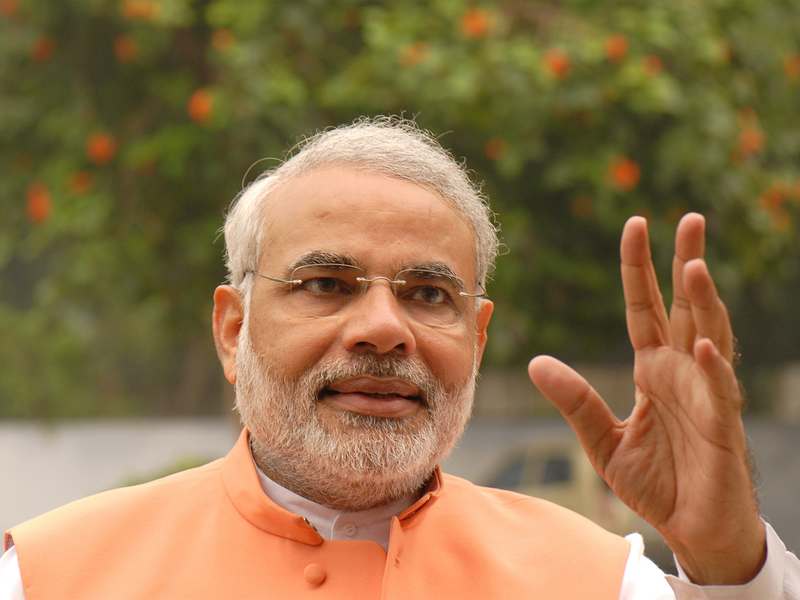Sometime in mid-2016, the revenue secretary Hasmukh Adhia, quoted the prime minister Narendra Modi as saying: “You should behave like mentors to people, rather than invaders. Don’t presume that every one is tax evader.”
The “you” in this case were tax administrators. Prime minister Modi was speaking at a two-day annual conference of tax administrators. He also asked taxmen to be soft and sober in their approach towards those who pay tax.
The Economic Survey for 2017-2018 released yesterday reveals that the taxmen across board are anything but soft and sober towards taxpayers. And that they love to litigate and then lose.
As of March 2017, more than 1.37 lakh direct tax (individual income tax, corporation tax etc.) cases were pending at the level of ITAT, various High Courts and the Supreme Court (See Figure 1).
Figure 1: Pending Direct Tax Cases.

Source: Economic Survey 2017-2018.
As the Survey points out: “Just 0.2% of these cases constituted nearly 56% of the total demand value; and 66% of pending cases, each less than Rs 10 lakhs in claim amount, added up to a mere 1.8% of the total locked-up value of pending cases.” Basically, this data shows that the cases where the amount of the tax dispute is really large, form a very small part of the whole.
A similar situation exists for indirect taxes (customs and excise) as well. Take a look at Figure 2.
Figure 2: Pending Indirect Tax Cases.

Source: Economic Survey 2017-2018.
As of end March 2017, a total of 1.45 lakh appeals were pending with the Commissioner (Appeals), CESTAT, various High Courts and the Supreme Court.
As of end March 2017, the total claims for both direct and indirect taxes stuck in litigation amounted to Rs 7.58 lakh crore or 4.7 per cent of the GDP. This value of total claims stuck in litigation has been going up over the years.
Imagine the kind of things that the government could do with this money. The trouble is that the taxmen do not have a great record at litigation. Their success rate is extremely low. Take a look at Table 1.
Table 1:

Source: Economic Survey 2017-2018.
As can be seen from the above Table, the taxmen tend to lose a bulk of the cases. In case of the Supreme Court, their success rate is 27 per cent in case of direct tax cases and 11 per cent in cases of indirect tax cases. This also tells us the strength of the cases brought upon the assessees are fairly week.
In fact, over a period of time, the success rate of the taxmen has been going down, the Economic Survey points out: “The [taxman] unambiguosuly loses 65% of its cases. Over a period of time, the success rate… has only been declining, while that of the assessees has been increasing.”
Despite, this lack of success, the taxmen are big litigants. As can be seen in Table 1, the petition rate is very high. The petition rate is basically defined as “the percentage of the total number of appeals filed by” the taxmen. The remaining appeals are those filed by the assessees. In case of indirect taxes, the petition rates are lower than that of direct taxes.
The taxmen don’t give up litigating easily and even if they lose at lower levels, they continue to appeal at higher levels. But as we saw earlier, at least in case of direct taxes, a bulk of these claims are of less than Rs 10 lakh. And given that the taxmen lose a bulk of these cases, this is basically nothing but the harassment of people who pay their taxes honestly.
Gurcharan Das explains one reason for this in his book India Grows at Night. As he writes: “The problem [lies] in the fact that the decision to litigate [is] made at the lowest level in the bureaucracy but the decision not to litigate [is] made at the highest level. If this process were simply reversed, government litigation would come down.”
In fact, the fact that taxmen love to litigate increases the workload on the Courts and this is something that can be well avoided. Even though, the “strike rate [of taxmen] has been falling considerably over a period of time, it is undeterred, and persists in pursuing litigation at every level of the judicial hierarchy.” And this impacts the functioning of the Courts.
As the Survey points out: “Since tax litigation constitutes a large share of the workload of High Courts and the Supreme Court, Courts and the Department may gain from a reduction in appeals pursued at higher levels of the judiciary. Less might be more.”
This is something that the Narendra Modi government needs to think about if it wants the tax to GDP ratio to go up in the years to come. The taxmen need to litigate less and concentrate on the bigger cases to be more effective and deliver more bang for the buck. But this isn’t happening currently. And most importantly, who reads the Economic Survey?
The column was originally published in Think Pragati on January 31, 2018.


 Note: *T is the peak time Period *: A fifty percent recovery implies that the country attained an investment rate that reversed half of the 8.5 percentage point fall. The dots imply the percentage of the total fall that the median country namaged to reverse.
Note: *T is the peak time Period *: A fifty percent recovery implies that the country attained an investment rate that reversed half of the 8.5 percentage point fall. The dots imply the percentage of the total fall that the median country namaged to reverse.


